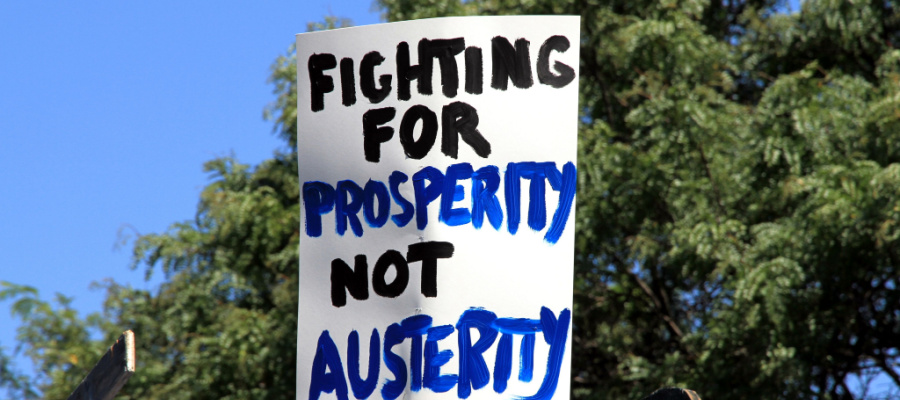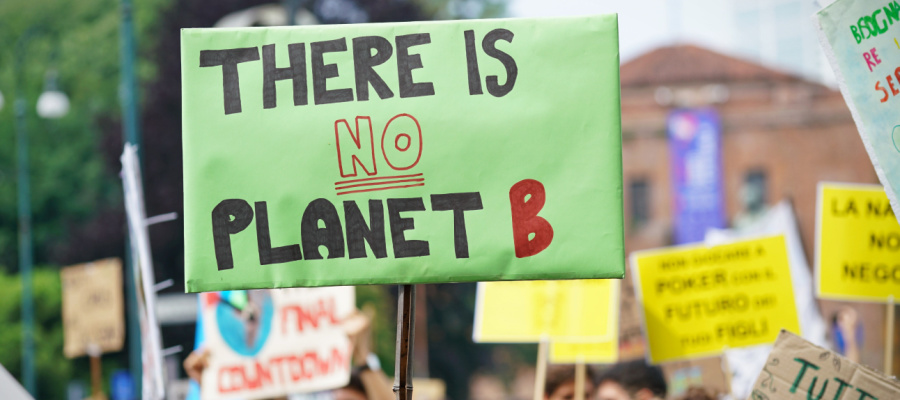Our recommendations for the 2023 BC budget

The BC government is holding its annual public consultation on Budget 2023 this June, inviting British Columbians to share their priorities for government investment next year.
On June 14, I presented CCPA-BC’s recommendations to the Select Standing Committee on Finance and Government Services. Via the BC Legislative Assembly website, you can hear my presentation as well as my question and answer session with the members of the committee from the government and opposition parties alike (starts at 4:14pm mark) or read the transcript.
Below is the text of our written submission to the committee. This year the committee required all participants to narrow their submissions down to three recommendations, with limited space for the explanation of each recommendation. However, given the major challenges facing our province today, we didn’t shy away from shining a light on the big picture.
Recommendation 1
For the economic and social good, take a mission-driven approach to government that can help meet the huge challenges of our time, including increasing public spending as a percentage of GDP and funding this through both borrowing and inequality-reducing taxes on the rich and corporations.
Explanation
A growing body of evidence tells us that long-term underinvestment in key public services and infrastructure is both economically and socially destructive. Increased spending on public services, social supports and physical and social infrastructure comes with major economic benefits.
Yet, BC Budget 2022 plans for a continued decline in provincial operating spending as a share of GDP, which is projected to be 19.2% in 2023/24, and fall to 18.7% by 2024/25 (and this assumes large contingency allocations are spent in full, otherwise these figures would be even lower). This is a significant drop from BC’s spending levels two decades ago: e.g., 21.5% of GDP in 1999/00.
If we instead returned spending to 1999/00 levels, the provincial government would have about $8.5 billion more available in 2023/24 (and $11 billion more in 2024/25) to spend on urgent social and environmental priorities, compared to the currently planned operating budgets.
Increased public investment can be funded by a combination of borrowing (particularly when used for growth-enhancing investments in social and physical infrastructure) and raising revenue through inequality-reducing tax measures. BC has the economic capacity to raise more revenue and this observation is not controversial. For example, credit rating agencies like Moody’s note: “British Columbia’s level of taxation is at the lower end of the Canadian provinces, providing flexibility to raise taxes… while still remaining competitive with other jurisdictions.” Revenue can be efficiently and equitably raised with taxes that focus on the rich, large corporations and wealthy landowners.
Recommendation 2
Within this more expansive fiscal framework, increase operating spending to address urgent social needs. Recognize that failing to invest adequately comes at a steep long-term economic cost.
Explanation
BC faces urgent social needs in health and seniors’ care, K-12 and post-secondary education, child care, public health including COVID-19, poverty, housing and ending toxic drugs deaths. As a province, we have ample fiscal capacity to increase social spending in the next budget, as well as to ensure fair cost-of-living pay increases to public sector workers who make our public services function.
This is not only the right thing to do, but also makes economic sense. As we have discussed in detail in our publications, research shows that spending on public services and social supports comes with major economic benefits, including higher productivity, spurring private investment and adding jobs.
The general economic case for public expenditure is strong, but the evidence is also clear in specific policy areas. One example is universal public child care, which has large and well-documented economic benefits, including allowing more women to participate in the labour force. In fact, child care investment can in substantial part pay for itself since the resulting increase in women’s participation in the labour market also increases income tax revenues.
Health care is another area where inadequate public investment comes at a cost. Too much of our health care is dependent on private spending and the for-profit health sector is a huge source of inefficiency. Numerous detailed studies show that implementing a universal, public pharmacare system would generate billions of dollars in savings to the economy while increasing equity and access to medicines. A similar story plays out in areas like primary care, surgical wait times and seniors’ care: research shows that for-profit provision of care yields worse outcomes at higher costs.
Similarly, there is also a strong economic case (in addition to the obvious moral case) for making the investments needed to reduce and eliminate poverty once we account for its substantial costs.
Recommendation 3
Increase badly needed capital investments in physical and social infrastructure.
Explanation
The case for increased capital investment is strong. An analysis by economists from the International Monetary Fund examining 17 OECD countries (including Canada) finds that public investment “raises output in both the short and long term, crowds in private investment, and reduces unemployment, with limited effect on the public debt ratio.” An academic meta-analysis of 68 studies on the productivity of public investment similarly finds that “public capital is undersupplied in OECD economies.”
While BC’s capital budget is more ambitious than its operating budget, the 1% of GDP increase in the capital budget promised in fall of 2020 has not materialized. Levels of investment still fall short of what’s necessary to address the backlog of badly needed and highly productive infrastructure projects, including in areas such as affordable housing, public and non-profit child care facilities, schools, hospitals, public transportation and climate action.
As an example, consider just one important component of public investment needed to reduce greenhouse gas emissions and address the climate crisis: public transit. In addition to reducing pollution, transit investment is widely recognized to boost incomes and economic productivity. It also eases costly traffic congestion as studies across cities in Canada and the United States have found.
The housing crisis is another area where public investment can have a large economic payoff by addressing housing shortages and high prices faced across the province. A massive increase in public housing investment should be a top priority, and our research shows that this investment can be largely self-financing, since upfront costs are offset by a dedicated stream of rental income. This means a large portion of expanded public housing investment could be structured as self-supported debt on the provincial books, similar to Crown corporations like BC Hydro.
Topics: Provincial budget & finance


